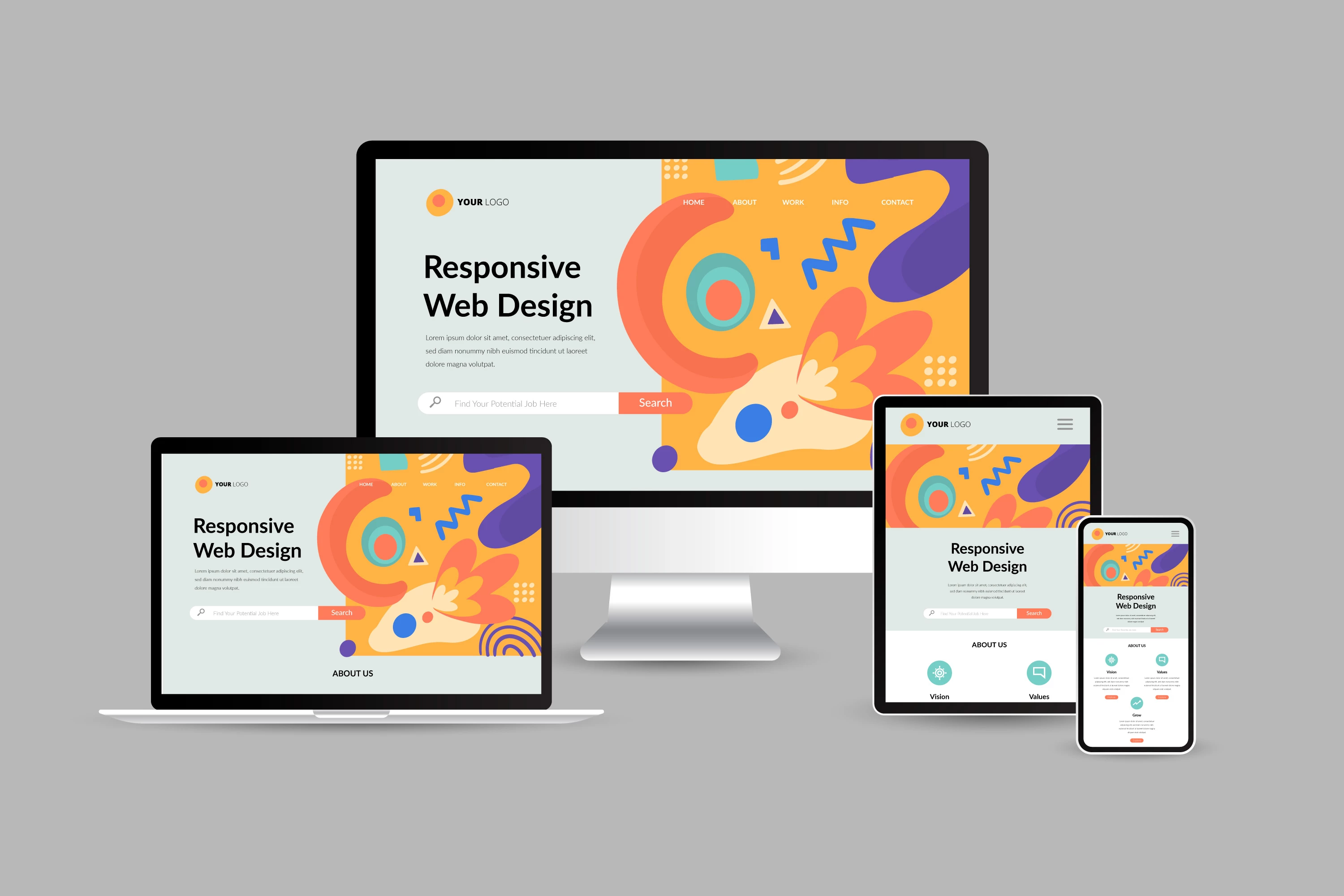Including SEO Best Practices Into Your Website Layout for Improved Presence
In today's electronic landscape, integrating SEO best practices right into your website layout is no much longer optional however a requirement for accomplishing improved visibility and individual interaction. It includes a meticulous balance of keyword optimization, mobile responsiveness, and intuitive navigation that together create the foundation of an effective on-line existence. The ins and outs of structured information markup and the influence of tons times on search engine positions are typically forgotten. Just how do these components intertwine to boost your website's performance and eventually foster sustained online success? Recognizing this connection might be the key to unlocking your website's full possibility.
Search Phrase Optimization Techniques
Understanding keyword optimization is a crucial element of efficient web site style for SEO. The process starts with thorough keyword study to determine relevant terms that align with customer intent and market patterns.
Furthermore, maximizing image alt texts and URLs with keyword phrases can even more boost search engine indexing. It is critical, however, to stay clear of keyword stuffing, which can lead to fines from search engines and a poor individual experience. Website Design.
An additional vital facet is making use of long-tail search phrases, which are much more details and less competitive, commonly resulting in greater conversion rates. By concentrating on these niche phrases, sites can bring in more competent website traffic. Essentially, effective key phrase optimization calls for a balanced method, prioritizing customer intent and internet search engine standards.
Enhancing Mobile Responsiveness
An essential aspect of contemporary internet site layout for search engine optimization is enhancing mobile responsiveness. With an enhancing number of individuals accessing sites by means of mobile tools, making certain that your internet site adapts flawlessly throughout numerous display dimensions is extremely important. Mobile responsiveness not just boosts customer experience yet additionally dramatically influences internet search engine positions. Online search engine focus on mobile-friendly sites, making it necessary to create a site that functions effectively on both smartphones and tablet computers.
To achieve optimum mobile responsiveness, think about executing a responsive website design (RWD) approach. This strategy includes using versatile grids, layouts, and photos, making sure that content instantly adapts to various display dimensions. Furthermore, employing CSS media questions can help customize styles for various devices, boosting the general aesthetic presentation.
An additional vital aspect is streamlining navigating for mobile individuals. Structured menus and touch-friendly components make it less complicated for individuals to communicate with the website, minimizing bounce rates and raising engagement. Additionally, focusing on web content by displaying one of the most relevant info prominently helps users in quickly accessing what they look for.
Quickening Load Times

To enhance tons times, take into consideration minimizing HTTP requests by combining data such as CSS and JavaScript. Minimizing the dimension of photos without giving up top quality is an additional effective strategy; tools like ImageOptim or TinyPNG can be indispensable for this function. Furthermore, leveraging internet browser caching can substantially boost lots rates by saving components of your internet site in customers' internet browsers, reducing the need for duplicated downloads.
Implementing a content delivery network (CDN) can also boost efficiency by dispersing your website's material throughout several places worldwide, guaranteeing quicker gain access to for individuals despite their geographical location. Minimizing the usage of redirects and making it possible for compression through tools like Gzip can better enhance your site's performance. By focusing on tons times, businesses can boost individual experience, improve search positions, and inevitably drive higher interaction.
Designing Instinctive Navigation

A clear, hierarchical framework permits individuals to recognize the site's format quickly. Applying breadcrumb tracks can better help in navigating, providing customers a visual course of their trip within the site.
Additionally, including a search bar supplies a direct course for users to locate specific web content quickly. redirected here By prioritizing easy to use navigation, internet sites can improve engagement, lower bounce rates, and boost total SEO performance.
Using Structured Information Markup
Structured data markup is an essential tool for boosting a site's search engine optimization by providing internet search engine with in-depth info regarding the site's web content. By carrying out structured information, webmasters can assist online search engine recognize the context of the web content, leading to even more accurate indexing and potentially improved exposure in search engine result. This markup, typically in the type of JSON-LD, Microdata, or RDFa, allows the development of abundant snippets, which can consist of extra information such as reviews, rankings, events, and extra.
Integrating organized information right into your web site style is crucial for attaining an one-upmanship in internet search engine results pages (SERPs) Internet search engine like Google utilize structured information to present search results in more engaging layouts, such as understanding panels, slide carousels, and boosted listings. This not only draws in more clicks but likewise improves the general customer experience by delivering a lot more appropriate information upfront.
Verdict
Including search engine optimization finest techniques into internet site design substantially boosts visibility and individual involvement. By purposefully optimizing key phrases, ensuring mobile responsiveness, enhancing tons times, creating instinctive navigating, and utilizing structured data markup, sites can accomplish greater internet search engine positions and boosted customer experiences. These elements align with user intent, reduce bounce rates, and increase conversions, positioning sites for sustained online success. Prioritizing these strategies is important for maintaining competitive advantages in the digital landscape.

While enhancing load times is vital for boosting customer experience and search rankings, developing intuitive navigating is similarly essential in ensuring customers can quickly access and interact with internet get redirected here site material - Website Design. By strategically maximizing key phrases, making sure mobile responsiveness, improving lots times, developing intuitive navigating, and utilizing organized data markup, websites can accomplish higher search engine positions and improved customer experiences
Comments on “Structure User-Friendly Interfaces: Finest Practices in Website Design”